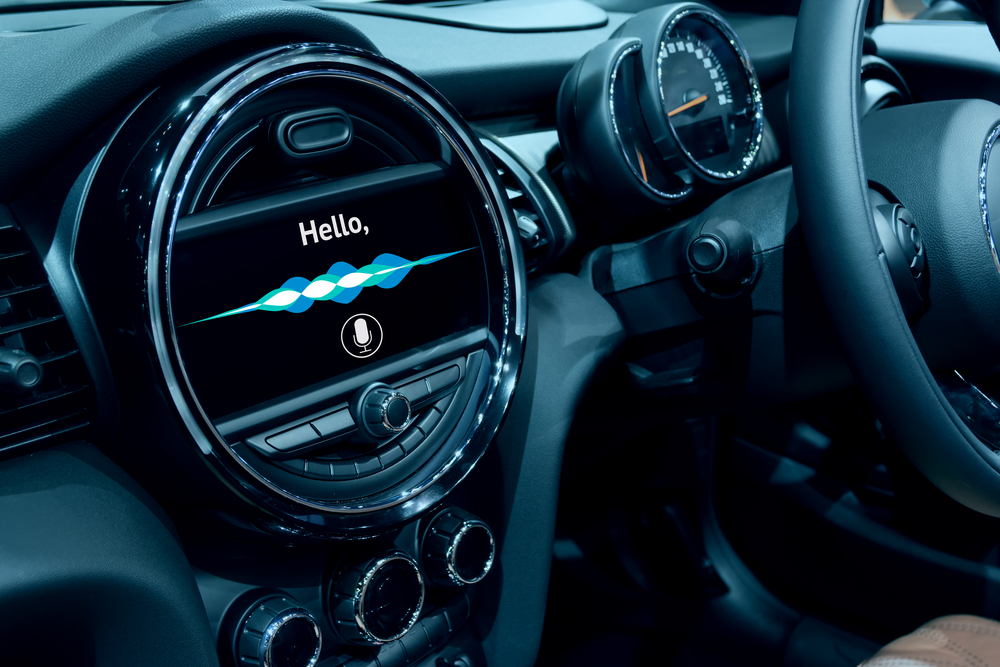In the dynamic automotive technological sphere, one of the latest and hottest innovations is that car settings are controlled hand-free. In this category, speech recognition technology is a game-changer that has revolutionized how we interact with our vehicles. In this blog, we explore the fascinating realm of hands-free technologies and discuss speech recognition in contemporary cars with regard to its features and influence.
Rise of Hands-Free Technology
A major shift has happened in the automotive industry over the past few years, stressing more on quality safety precautions and a better driving experience. It is noteworthy that hands-free technology serves a pivotal purpose in attaining these objectives; it strives to lower the amount of distraction, enhance convenience, and overall make driving an experience without jeopardizing safety.
A speech recognition system, with a number of parameters leading to hands-free technology, is used for its application to be able to operate vehicles using voice commands. This technology harnesses sophisticated algorithms and artificial intelligence, enabling drivers to complete several functions without leaving the handle or eyes while driving.

The Power of Voice Commands
Speech recognition technology is not limited to some particular industries, as it can be utilized in other fields. These include modifying in-car settings through to calling, sending texts, and even controlling entertainment systems; the opportunities for interaction are numerous. Also, advanced voice recognition systems installed in modern cars generate a more natural and human-like interaction with users.
For example, drivers need not type anything; they can just say, “Hey [Vehicle Assistant], lower the temperature” or “Take me to the nearest gas station.” The ease of integrating voice commands provides a safe driving environment as well as minimum distractions.
Enhancing Safety on the Road
While safety is a top priority in the automotive industry, hands-free technology, especially voice recognition, should be considered fundamental to solving this matter. Voice commands help minimize distracted driving crashes by enabling drivers to hold their hands on the steering wheel and maintain gazing at the road.
Voice-activated functions that allow drivers to call, message, or navigate without fumbling on buttons and touchscreens reduce the use of manual hands. This not only improves safety but also encourages a more subdued and concentrated attitude towards driving.
Overcoming Challenges
However, despite the enormous potential for benefits that speech recognition systems can provide in cars, Areas that the manufacturers continue to work on include correct interpretation of diverse accents, management of ambient noise, and comprehension of complex commands. However, the developments made in artificial intelligence and machine learning technologies gradually deal with such challenges, thus allowing for more efficient use of voice recognition systems.
Integration with Smart Assistants
However, the adoption of speech recognition technology is not always limited to discussions around in-car functionalities; most vehicles include popular smart assistants such as Amazon’s Alexa or Apple’s Siri or Google Assistant. This integration does not only widen the scope of voice-command tasks but also increases compatibility with other smart devices.
While on the move, drivers can operate smart home gadgets, make use of weather updates or even add things such as grocery delivery. This integration of in-car and smart home technology provides a more unified, seamless user experience.
Future hands-free technology
Technological development might make driverless systems the future of automobiles. In the near future, better natural language processing, improved contextual understanding and augmented reality will improve.
Imagine a future when your vehicle responds not only to voice commands but also provides live information through augmented reality displays on the windshield. This combination is going to change the way we drive by making processes safer, more efficient, and adjusted to individual needs.
Addressing Privacy Concerns
As more voice recognition systems and smart assistants are integrated, privacy concerns have grown as well. Manufacturers are very much conscious of these concerns and taking strong steps to ensure that user data does not fall into wrong hands. Data source transparency, user consent information and the right to refuse have become essential components of modern cars.

Conclusion
Finally, hands-free technology, specifically speech recognition, is paving the way for a new generation of automotive creativity. Safety, comfort and connectivity are given preference for manufacturers to develop vehicles that not only become a medium of transport but rather smart companions.
With the increasing development and resolution of its issues, speech recognition technology will provide a smoother ride on your journey. The future holds safer and easier driving, plus a degree of connectivity and personalization that once may have been featured on the pages of books.

